On the night between October 19 and 11, 1973, less than a week after the outbreak of the Yom Kippur War, two Yasur helicopters took off from the Refidim air base in the Sinai Peninsula, carrying 22 Israel Defense Forces soldiers from the artillery corps and an elite commando unit, as well as several cannons.
More stories:
Their objective was to land the force in Egyptian territory and create chaos, confusion and a sense of an IDF presence beyond enemy lines. The operation, which became known as Operation Pontiac, was one of the most daring missions, and among the few carried out by special forces inside of enemy territory during the Yom Kippur War.
5 View gallery
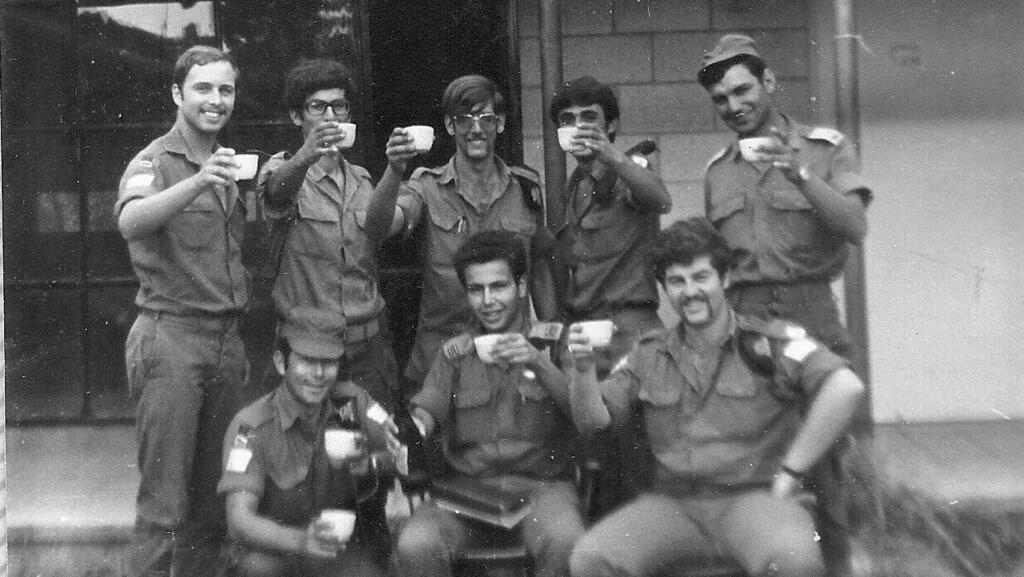

Yehonatan Shamir (in the middle) with the artillery troops
(Courtesy of Yehonatan Shamir)
Now, as Israel approaches the 50th anniversary of the war, Lt. Col. (Res.) Yehonatan Shamir, 72, the commander of the troops that carried out the operation on that dramatic night, reveals information that has never been exposed before. According to him, the success of the operation was a miracle because the Egyptians knew of the operation, and for some unknown reason, they did not prepare an ambush of the Israeli forces.
On that night, the helicopters that left from Sinai crossed the Red Sea and landed in the middle of the night at the Jebel Ataka area in Egypt. The artillery fighters began shooting from their cannons and fired approximately 90 shells at the command posts of the Third Army, a field army of the Egyptian Army, causing damage and losses to the enemy.
"The General Headquarters decided to deploy special forces and strike behind enemy lines," said Shamir.
5 View gallery
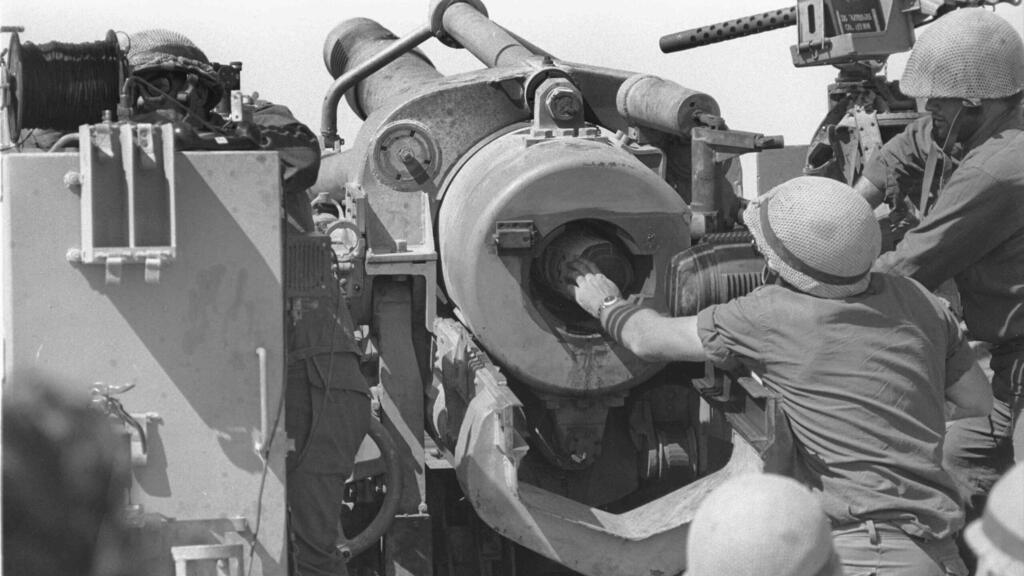

Artillery Corps in position during the Yom Kippur War
(Photo: Eyal Chen, Archive of the IDF and the Defense Establishment)
5 View gallery
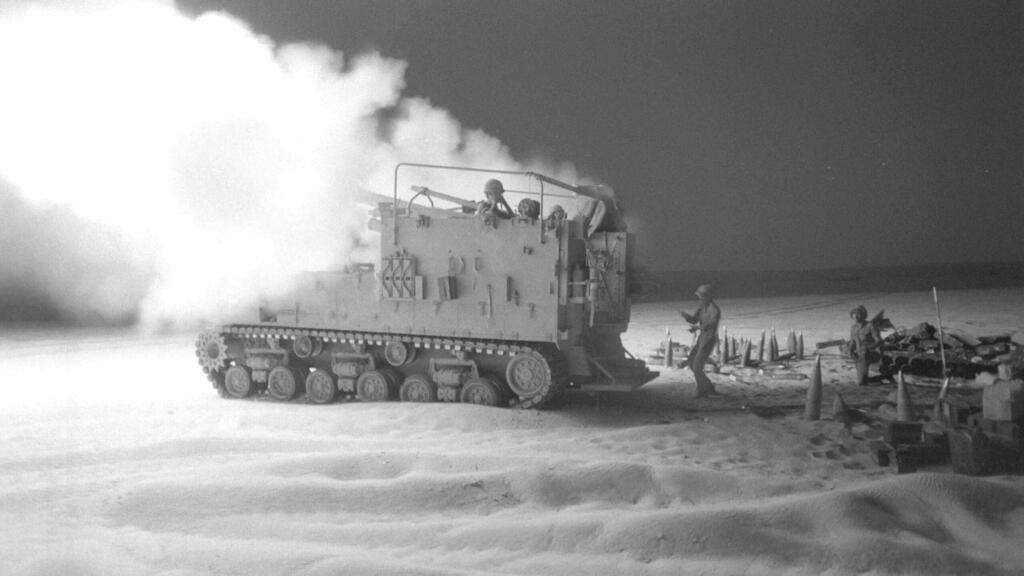

Artillery Corps advance during the Yom Kippur War
(Photo: Abraham David, Archive of the IDF and the Defense Establishment)
After 50 minutes, the fighters decided to conclude the mission, and the troops summoned the helicopters for extraction, though the weather conditions made it difficult for the pilots to land on the mountain. The 22 soldiers waited anxiously for a long time to be rescued. The pilot, Lt. Yuval Efrat, bravely decided to carry out the rescue mission with only one helicopter. For his daring operation, he received a Medal of Distinguished Service.
The next day, intelligence reports revealed that the force achieved significant hits on targets, and the operation was successful.
"When we returned to Israel, field security personnel awaited us upon disembarking from the helicopter," Shamir shared. "They told us that the intel of the operation had leaked, questioned us and tried to understand how this information reached the enemy. It could have ended differently. Fortunately, we returned home safely."
5 View gallery
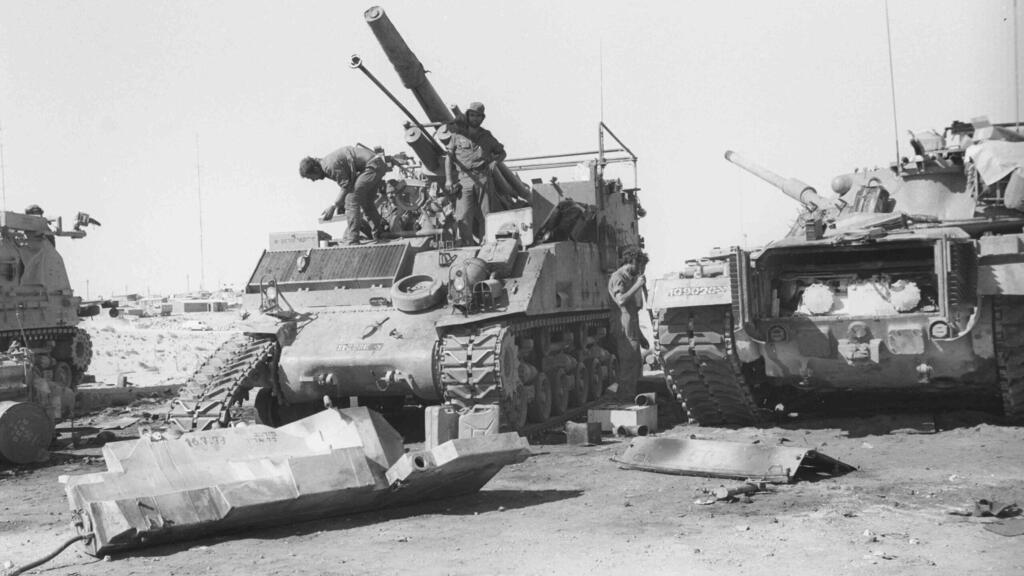

The Artillery Corps prepares its equipment during the Yom Kippur War
(Photo: Eyal Chen, Archive of the IDF and the Defense Establishment)
The operation was commanded by Maj. Gen. Amos Yaron, who also served as the director general of the Ministry of Defense. "I was convinced that no one knew about the operation," he said. "The spaces there are so vast that even if the enemy had general knowledge, it wouldn't have helped them much. It was an unconventional operation. It was an excellent force, so I had no worries. The extraction was indeed problematic, but they managed to do the impossible."
Leading up to the 50-year anniversary of the war, the initial command of the Operations Directorate from October 10, 1973, for executing a flight operation, was also revealed for the first time. In the document, marked "Top Secret," it was stated that the operation required additional approval.
5 View gallery
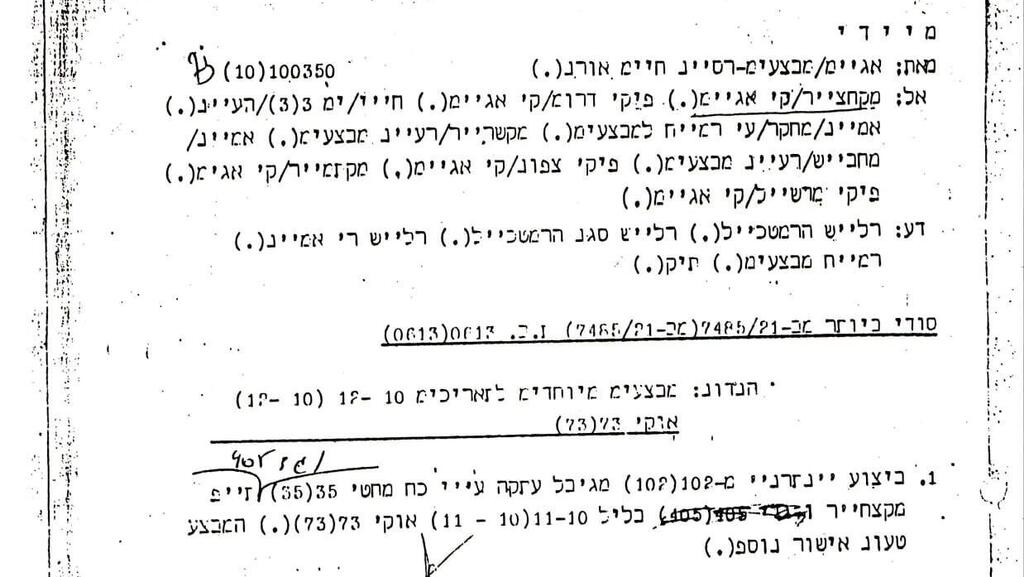

The operation's initial command document
(Photo: The Archive of the IDF and the Defence Establishment)

